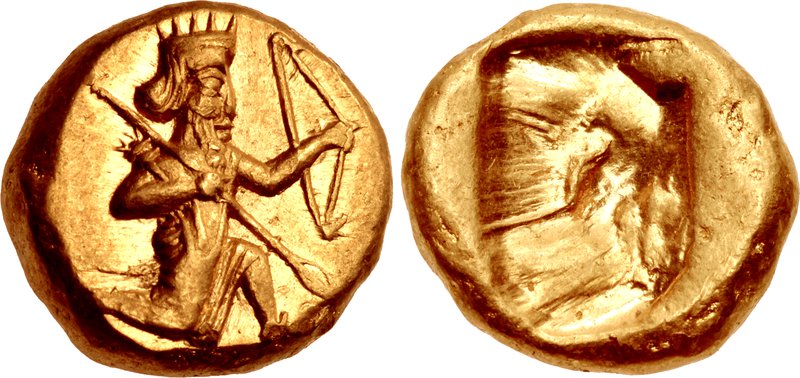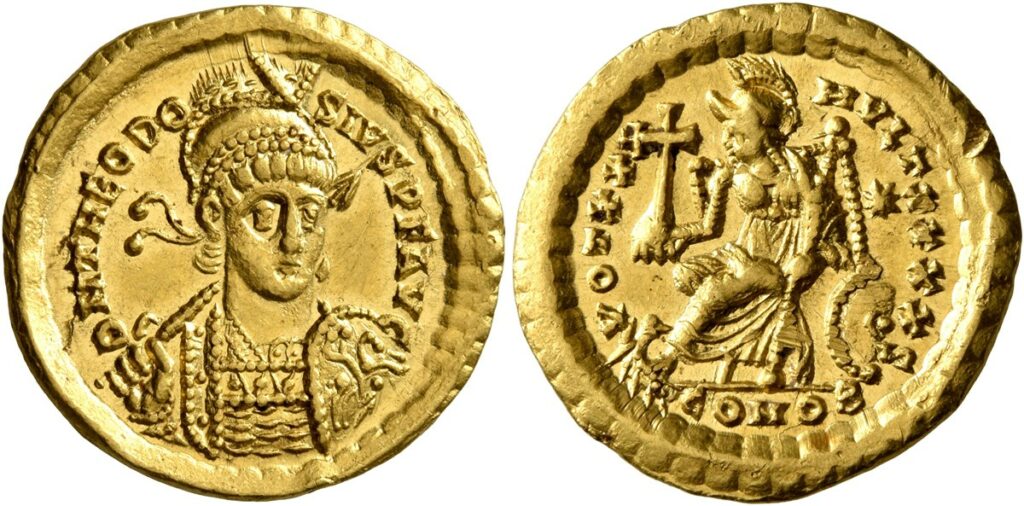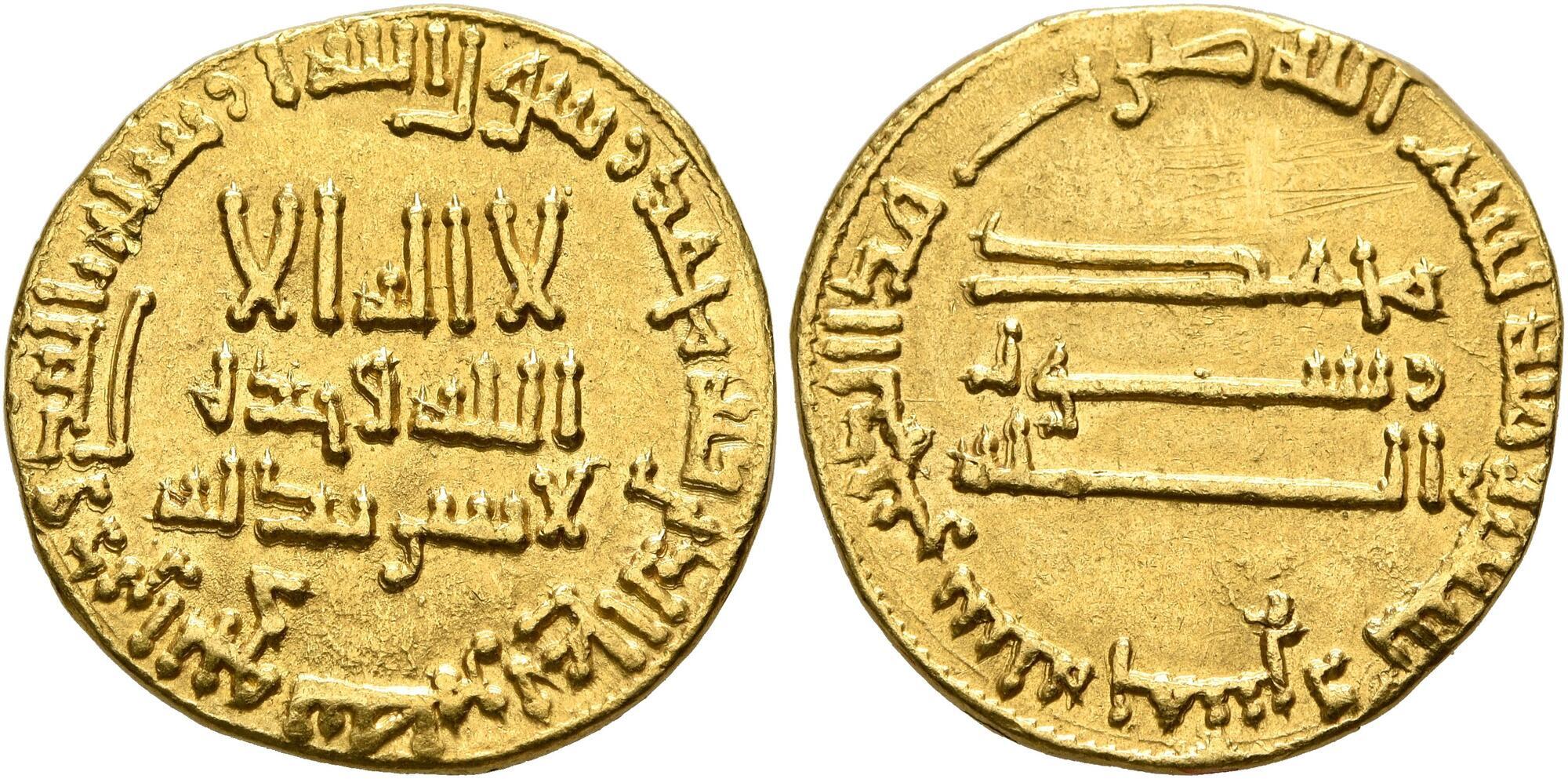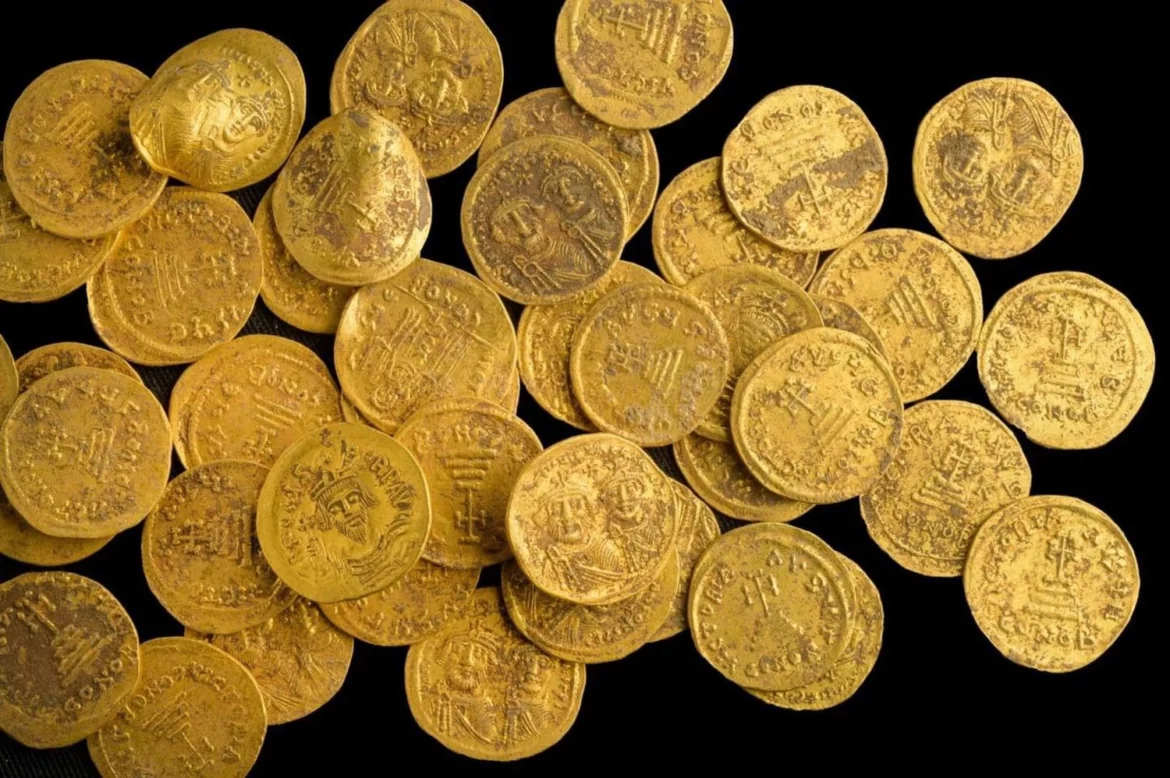Among the numerous artifacts that testify to the splendor of ancient civilizations, none capture the imagination quite like gold coins. Their gleaming luster, rich detail, and tangible heft, imbued with a timeless charm, have fascinated generations of historians, archaeologists, and collectors alike. As physical representations of wealth, power, and artistic excellence, these nuggets of ancient history continue to mesmerize us with stories of prosperous empires and innovative societies that flourished thousands of years ago. What are the best ancient gold coins?
Gold coins were more than mere currency; they were symbols of a society’s progress and prosperity. From the economic stability and skillful craftsmanship they reflected, to the tales of trade and expansion they recounted, each coin is a tangible piece of the past, its intricate engravings telling a story spanning hundreds, if not thousands, of years. Through their rich detail and undeniable appeal, these tiny treasures reveal how our ancestors understood value, commerce, and artistry.
Beyond the glittering surface of ancient gold coins lies a wealth of knowledge about the past. Each was a work of art, painstakingly designed and meticulously crafted by skilled artisans of yore. They were the ambassadors of their cultures, carrying the visage of kings and gods across vast trade networks, reinforcing alliances and spreading influence. Their detailed inscriptions and sophisticated iconography tell tales of triumphs and defeats, myth and religion, and the interplay of cultural influences.
While the allure of gold has remained constant throughout the ages, each civilization brought its unique touch to these precious artifacts. The gleaming aureus of Rome, the Persian daric, the Greek stater, and the Indian mohur, among others, each bear the unmistakable signature of their respective cultures. Unraveling the history behind these coins offers a fascinating journey into the cultural, economic, and political landscapes of some of the most influential civilizations in human history.
Whether it’s their historic significance, the pursuit of knowledge, or the simple allure of owning a piece of the past, the appeal of ancient gold coins transcends age and geography. As we delve into the world of these remarkable artifacts, we pay homage to the empires that minted them and gain a deeper understanding of their place in shaping the world as we know it today.
This exploration into the world of ancient gold coins aims to enlighten, fascinate, and instill appreciation for these timeless treasures. As we journey through time and across civilizations, we invite you to join us in uncovering the illustrious history and enduring legacy of these magnificent artifacts of yesteryears. Before diving in, check out our best Russian gold coins article!
Aureus (Rome)
The Aureus was a gold coin used during the Roman Republic and Roman Empire. It was originally valued at 25 pure silver denarii. The aureus was first minted during the 1st century BC, and it continued to be an important coin in the Roman monetary system until the time of Constantine in the early 4th century AD, when it was replaced by the solidus.

The standard weight of an aureus was approximately eight grams or 1/40 of a Roman pound, although the weight varied throughout different periods of Roman history. Aureus was struck from nearly pure gold (approximately 99% gold or 24 carat gold) which contributed to its high value.
The aureus was used for large payments and savings, but due to its high value, it wasn’t commonly used in day-to-day transactions. Instead, transactions were typically conducted in silver denarii or bronze sestertii.
The imagery on the aureus often depicted the current emperor, symbolic representations of the emperor’s achievements, or various gods and goddesses. The images and inscriptions on these coins provide valuable insights into the politics, religion, and social structures of Roman society.
As with all ancient coins, the aureus is of great interest to numismatists (coin collectors) and historians. Not only are they valuable for their gold content, but they also serve as a tangible link to the past and a valuable source of historical data.
The last aureus was struck by Emperor Honorius in 410 AD. The end of the aureus marked the end of Roman gold coinage, but the influence of the coin was felt long after its discontinuation, as the solidus and other successor coins of the Byzantine Empire were modeled after the aureus. One of the best ancient gold coins!
Stater (Greece)
The Stater was an important gold coin used in various city-states of ancient Greece. It was first minted in Lydia (in present-day western Turkey), which is recognized as the birthplace of coinage in the 7th century BC. The name “stater” means “weight” or “measure” in ancient Greek.

The weight and purity of the stater varied considerably among the different city-states due to a lack of standardization in ancient times. However, the stater generally weighed between 8 to 12 grams and was typically made of gold or silver, with gold staters being less common than their silver counterparts.
The design of the stater varied by city-state, with each city having its own unique iconography. For example, in Corinth, the stater often depicted Pegasus, the mythical winged horse, while in Aegina, the stater typically featured a sea turtle, a symbol of the city’s powerful navy.
Some of the most famous staters are the kroiseid staters, named after King Kroisos (Croesus in English) of Lydia, who issued them in the mid-6th century BC. These were made of a gold and silver alloy known as electrum and are believed to be among the first true gold coins in history.
Today, these ancient Greek coins are highly sought after by collectors and historians. They provide valuable insights into the economy, art, and mythology of ancient Greece. The designs found on them can also shed light on the political alliances and conflicts of the time, as the imagery used often signified loyalty to certain gods or goddesses that were associated with different cities or regions.
Daric (Persia)
The Daric was a gold coin of the Achaemenid Persian Empire, first minted during the reign of Darius I (521-486 BC). The coin is named after Darius, and its introduction played a crucial role in the standardization of currency in the expansive Persian Empire.

Each daric weighed approximately 8.4 grams and was composed of nearly pure gold, making it one of the highest quality coins of the ancient world. This high gold content added to the prestige of the daric and reinforced the wealth and power of the Persian Empire.
The design of the daric was relatively consistent throughout its time in circulation. The obverse, or front side, usually depicted a Persian king or hero in a kneeling or running stance, holding a bow in one hand and a spear in the other, symbolizing the military strength of the empire. The reverse side was typically left blank.
In terms of its economic function, the daric served as a significant trade currency along with the silver siglos within and even beyond the Persian Empire, in areas such as ancient Greece. It was primarily used for large transactions and stored as a form of wealth.
Like other ancient coins, darics hold great interest for historians and numismatists. Their high gold content makes them valuable in their own right, but they also provide critical insight into the Persian Empire, particularly its economic system and royal iconography.
The daric was in use until the downfall of the Achaemenid Empire at the hands of Alexander the Great in 330 BC. Afterward, they were largely replaced by the coinage system of Alexander’s empire, including the famous gold stater.
Solidus (Byzantine Empire)
The Solidus was an important gold coin used in the Byzantine Empire, which was the eastern continuation of the Roman Empire after the fall of the Western Roman Empire. The coin was first introduced by Emperor Constantine I in the early 4th century AD as a replacement for the aureus. The term “solidus” means “solid” in Latin, a name meant to emphasize the reliability and stability of the coin.

The weight of the solidus was approximately 4.5 grams, and it was struck from nearly pure gold. The standard of the solidus remained remarkably consistent over the centuries, which added to its reputation for stability and reliability.
The obverse of the solidus typically displayed a portrait of the reigning emperor, while the reverse depicted a variety of images, often with religious themes. For instance, many solidi feature depictions of Christ, angels, or the Virgin Mary, reflecting the central role of Christianity in the Byzantine Empire.
The solidus became the standard of trade not only within the Byzantine Empire but across Europe, the Mediterranean, and the Near East. Its stability and high gold content made it a highly valued currency.
The coin remained in circulation for nearly seven centuries, until the 11th century, making it one of the longest-used coinage types in history. It played a crucial role in the Byzantine economy and significantly influenced the coinage systems of other regions, such as the Arab dinar and the Western European shilling.
Today, the solidus is of significant interest to numismatists and historians. The imagery and inscriptions on the solidus offer valuable insights into the Byzantine Empire’s political, religious, and social structures. Its durability and widespread use also make it an important artifact in the study of medieval economics and trade.
Dinar (Islamic Caliphates)
The Dinar was the principal gold coin of the early Islamic Caliphates, first introduced during the reign of the Umayyad Caliph Abd al-Malik in 696/97 AD. The introduction of the Dinar marked a significant moment in the development of an independent Islamic coinage system, distinct from the Byzantine and Persian coins that had previously been in use in the Islamic realms.

The weight of a Dinar was approximately 4.25 grams, and it was struck from almost pure gold. The purity and weight of the Dinar remained remarkably consistent, which contributed to its stability and widespread use in trade.
The Dinar typically bore inscriptions in Arabic, often including the Islamic declaration of faith, known as the Shahada: “There is no god but Allah, and Muhammad is the messenger of Allah.” This marked a significant departure from the figural images that were common on Byzantine and Persian coins and reflected the aniconic tendencies of Islamic art. Other inscriptions could include verses from the Qur’an, the Islamic holy book, the name and title of the reigning caliph, and the mint and date information.
The use of the Dinar spread throughout the Islamic world, from Spain and North Africa in the west to Persia and India in the east. The coin was highly valued not only for its high gold content but also for the religious and political statements made by its inscriptions.
Today, the Dinar is highly valued by historians and numismatists. It provides a valuable insight into the development of Islamic economic systems, as well as the religious and political history of the early Islamic period. Its influence can be seen in the coinage of many subsequent Islamic dynasties, as well as in the currencies of many modern nations, where “dinar” is still used as a name for currency.
